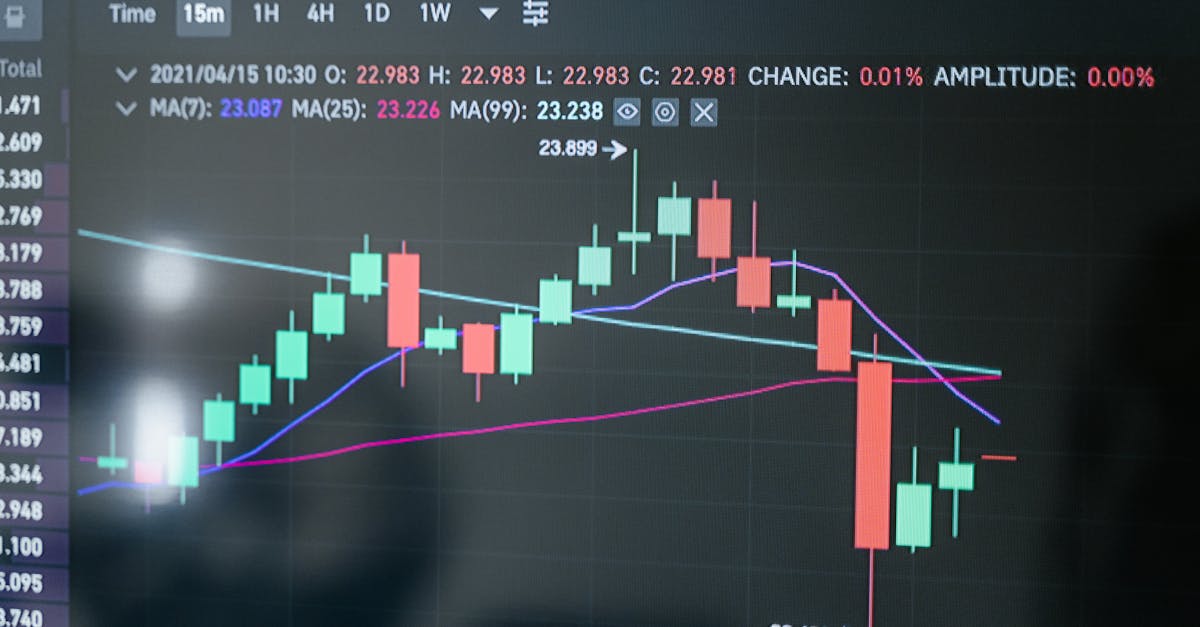The stock market crash of 1929 was a catastrophic event that marked the beginning of the Great Depression. Understanding the causes of this monumental crash is essential for grasping the economic history of the United States. In this article, we will explore the key factors that contributed to this financial disaster, providing you with a comprehensive overview.
| Causes | Description |
|---|---|
| Over-speculation | Investors bought stocks with borrowed money, driving prices up. |
| Market Manipulation | Insiders and large investors manipulated stock prices for profit. |
| Economic Disparities | Wealth was concentrated among the few, leading to unsustainable growth. |
| High Consumer Debt | Consumers were heavily indebted, reducing spending power. |
| Weak Banking System | Many banks were undercapitalized, leading to failures. |
| International Economic Issues | Global economic instability affected American markets. |
| Federal Reserve Policies | The Federal Reserve’s policies contributed to market instability. |
Over-speculation
During the late 1920s, the stock market experienced a massive surge in prices, largely driven by over-speculation. Investors began purchasing stocks with borrowed money, a practice known as buying on margin. This led to inflated stock prices, as many believed that the market would continue to rise indefinitely. However, when prices began to fall, those who had borrowed heavily were forced to sell their stocks to cover their debts, exacerbating the market decline.

Market Manipulation
Market manipulation was another significant factor contributing to the crash. Wealthy investors and insiders engaged in practices that artificially inflated stock prices. They would buy large amounts of shares to create a perception of demand, prompting others to invest. Once prices were sufficiently high, these manipulators would sell off their shares at a profit, leaving average investors holding worthless stocks when the market eventually corrected itself.

Economic Disparities
In the 1920s, economic prosperity was not evenly distributed. A small percentage of the population held a majority of the wealth, leading to significant economic disparities. This concentration of wealth created a bubble in the stock market, as the affluent continued to invest heavily. When the market began to decline, the lack of broad-based wealth meant that fewer consumers had the financial means to sustain economic growth, contributing to the crash.

High Consumer Debt
As the stock market boomed, consumer debt levels rose sharply. Many individuals financed their purchases through credit, leading to a situation where consumers were over-leveraged. When the market crashed, the subsequent loss of wealth led to a drastic reduction in consumer spending, further deepening the economic downturn. The inability of consumers to pay off debts caused many businesses to fail, leading to widespread unemployment.

Weak Banking System
The banking system in the United States at the time was fragile and undercapitalized. Many banks had invested heavily in the stock market, and when the market crashed, they faced significant losses. This led to a wave of bank failures, as depositors rushed to withdraw their funds, fearing insolvency. The collapse of banks further destabilized the economy, as businesses could no longer access credit and consumers lost their savings.

International Economic Issues
The global economy was also experiencing turmoil during this period. European countries were still recovering from World War I, and many faced economic challenges. International trade was hampered, and the U.S. economy became increasingly vulnerable to these external shocks. As global markets faltered, American exports declined, contributing to the economic instability that led to the crash.

Federal Reserve Policies
The Federal Reserve played a crucial role in the events leading up to the stock market crash. In the years preceding the crash, the Fed maintained low-interest rates, encouraging excessive borrowing and speculation. However, as signs of economic instability began to surface, the Fed raised interest rates to curb inflation, which further strained the economy. These policy decisions contributed to the environment of uncertainty and fear that precipitated the crash.

FAQ
What was the stock market crash of 1929?
The stock market crash of 1929 refers to the dramatic decline in stock prices that occurred in late October 1929, leading to a loss of billions of dollars in wealth and marking the onset of the Great Depression.
How did over-speculation contribute to the crash?
Over-speculation led to inflated stock prices as investors borrowed money to purchase stocks, creating a bubble. When prices began to fall, many were forced to sell, leading to a sharp decline in the market.
What role did the Federal Reserve play in the crash?
The Federal Reserve’s low-interest rates encouraged borrowing and speculation, but its subsequent rate hikes created financial strain, contributing to the crash.
Why was the banking system weak during this time?
Many banks were undercapitalized and had invested heavily in the stock market. When the market crashed, banks faced significant losses, leading to widespread failures.
How did international issues affect the U.S. economy?
Global economic instability, particularly in Europe, led to decreased demand for American exports, contributing to the economic downturn that preceded the crash.
References:
– [Federal Reserve History](https://www.federalreservehistory.org)
– [National Archives: Causes of the Great Depression](https://www.archives.gov/research/great-depression)
